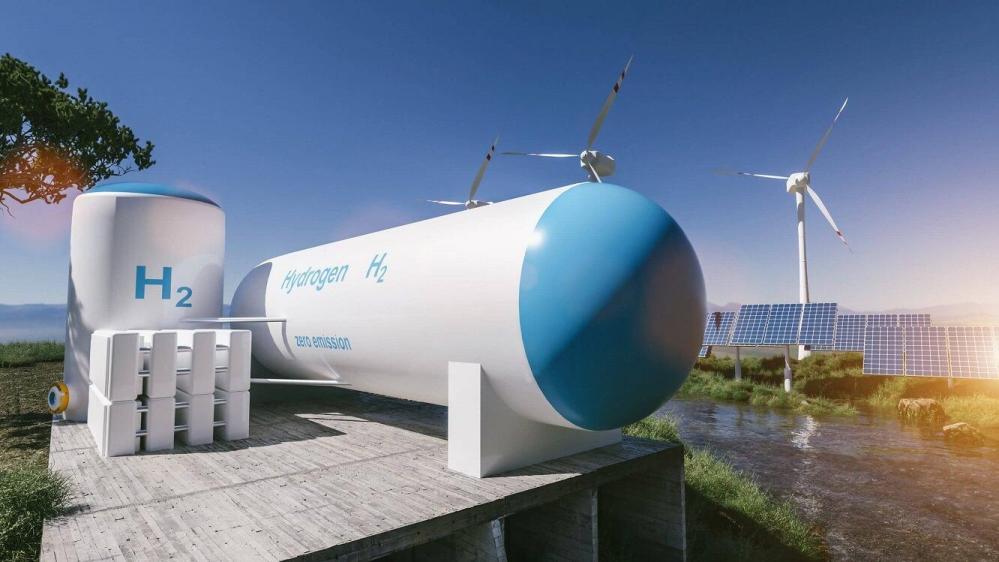India's Ambitious Transmission Plans for Green Hydrogen Development
Key Ideas
- The CTUIL's Interim ISTS Rolling Plan 2029-30 outlines the development of a 19,500 MW ISTS network to support upcoming green hydrogen and green ammonia plants in Gujarat, Tamil Nadu, and Andhra Pradesh by FY30.
- Five ISTS schemes, costing approximately Rs.15,629 crore, will facilitate the transmission infrastructure development, with Gujarat expected to receive the highest drawl of 13,500 MW.
- The report highlights the government's long-term planning to cater to the renewable energy demands of green hydrogen and ammonia projects, aligning with the Green Hydrogen Policy and National Green Hydrogen Mission.
- By FY30, the ISTS network aims to integrate 66,274 MW of renewable energy and conventional generation, with a significant portion dedicated to green hydrogen/ammonia plants, showcasing India's commitment to green energy transition.
The Central Transmission Utility of India Ltd (CTUIL) has unveiled the 'Interim ISTS Rolling Plan 2029-30', revealing ambitious transmission infrastructure development to support the growth of green hydrogen and green ammonia sectors in India. The plan focuses on establishing a robust interstate transmission system (ISTS) network capable of supplying 19,500 MW of renewable energy to upcoming green hydrogen and green ammonia manufacturing plants by FY30. Key states like Gujarat, Tamil Nadu, and Andhra Pradesh are slated to benefit from this initiative, which is estimated to cost around Rs.15,629 crore.
The CTUIL report highlights the allocation of ISTS schemes to facilitate power supply to various green hydrogen and ammonia manufacturing potentials in different regions. These schemes, approved by the National Committee on Transmission (NCT), include projects in Kandla and Mundra areas of Gujarat, as well as the Tuticorin area. Furthermore, additional schemes are in the pipeline to supply 7,500 MW and 3,000 MW to green hydrogen/ammonia units in Mundra (Gujarat) and Kakinada (Andhra Pradesh) respectively.
India's long-term planning, as per the CTUIL report, is geared towards meeting the renewable energy demands of green hydrogen and ammonia producers, aligning with the country's Green Hydrogen Policy and National Green Hydrogen Mission. The government aims to cater to an estimated 125 GW of renewable energy demand from these sectors in the future.
The evolving ISTS network is projected to integrate 66,274 MW of renewable energy and conventional generation projects from FY26 to FY30, with a focus on green energy drawl by upcoming green hydrogen/ammonia plants. This comprehensive approach underscores India's commitment to promoting green energy and signifies a significant step towards achieving its sustainability goals.
Topics
Green Hydrogen
Renewable Energy
Government Policies
Green Ammonia
Energy Demand
Transmission Infrastructure
ISTC Network
Tariff-based Bidding
Latest News
